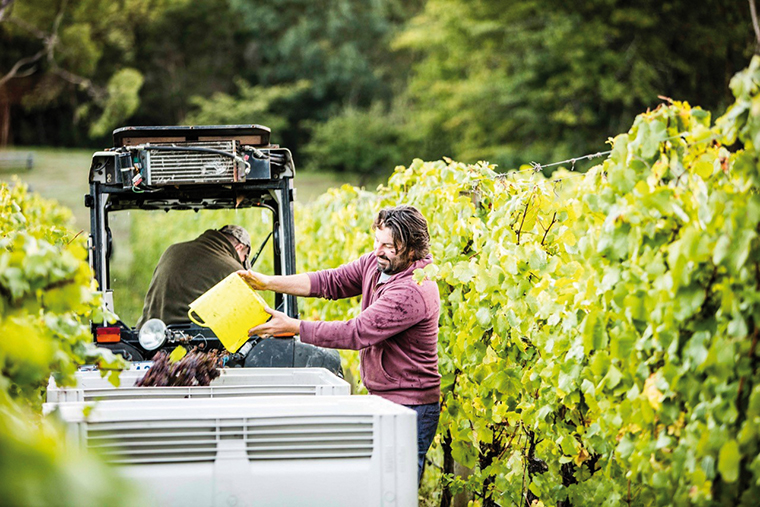TWO decades after being begged to plant pinot gris on the Mornington Peninsula by pioneering duo Kathleen Quealy and Kevin McCarthy, around 70 per cent of vignerons now grow the grape.
The region is regarded as the premier producer of pinot gris in the country. Or should that be pinot grigio? Two young peninsula producers are banking their future on gris. “When I talk about gris I mean gris only, not grigio,” explains Mike Aylward at Ocean Eight. “We are treating it (gris) with respect, using more Alsatian (winemaking) mechanisms.” Sam Coverdale at Polperro believes the market is looking to gris over grigio, especially when it comes to the textural, food friendly properties of the grape. “The focus is on gris,” he says. “The market has demanded it.”
Not that the early picked, non-wooded Italian style of grigio is completely out of favour, but makers say they find more complexity in the later picked, Alsatian style gris. The two mates explore the grape in their own different way. Aylward ferments the grape in barrel to build texture and likes to leave a “tiny degree” of residual sugar. Coverdale goes for 100 per cent malolactic fermentation, enhancing the region’s natural bright acidity. “Acid is the key to Mornington Peninsula gris, and then you work on texture,” he says. The future for the grape on the peninsula is varied with not one or two but many alternative expressions: sweet, skin contact and treating it like a red wine (the grape’s red skin holds a cache of phenolic goodies) as well as bottle age.
More and more makers are looking to make gris as they might its cousin, pinot noir.
GRIS OR GRIGIO?
by production / Comments Off on GRIS OR GRIGIO? / 129 View / September 1, 2017

